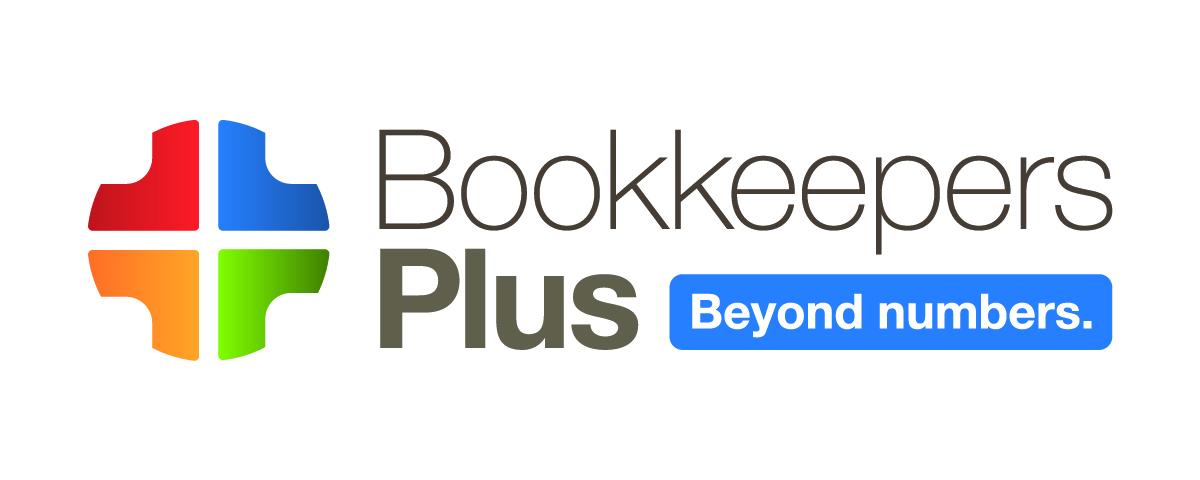Taking stock at year-end: How to read & assess business financials
/Except for holiday-oriented businesses completely absorbed with operations, the end of the year is a time when many business owners ponder questions such as “How are we doing? Are we making progress? Falling behind? Running in place? How do I know? How can I find out?” And finally, “How can I make improvements?”
A Profit & Loss (P&L) Standard report can help you get some answers to these questions and plan for the new year. By customizing your report to compare this year to the previous year, you can easily see how business performance has changed. (*QuickBooks users can follow these 3 steps to find and generate this report.)
Reading your Profit & Loss report
When you review the report, you will see columns for the current year-to-date, the previous year up to the same date as the current year-to-date, and a third column for percent change from the previous year to this year.
How has Income changed from the previous year? Gross Profit? Net Income? If they all go up (or down) by the same percentage, then your company’s performance is consistent from year-to-year. Growth in sales is reflected in similar growth in Net Income. That’s reason to smile. You are doing better! But what if profits do not increase at the same rate as sales? This is your opportunity to ask why?
Sometimes, when a company experiences a change in income, gross and net profits will not change by similar amounts. These changes can be due to many reasons, two of the most common:
Expanded/added space: If a company is at capacity in its current facility, even a small increase in sales would require expanding the amount of leased space. That means fixed expenses would be a higher percent of sales than at the lower sales volume, thus reducing profits as a percent of sales. Presumably, an increase in fixed expenses was anticipated in the decision to expand, and the fall-off in profit margins is temporary, until sales volume expands to more fully use the new space.
New staff: Perhaps an increase in sales volume required additional general an administrative staff. Let’s say sales increased from $1 million to $1.1 million, while the number of office staff grew from two to three. That’s a ten percent increase in sales, but a fifty percent increase in fixed expenses for administrative staff and payroll expenses. Net margin goes down until sales can catch up.
An alternative to taking that big step up in fixed expenses for administrative labor would be to outsource some functions, such as accounting/bookkeeping, so the increase in expense would be more proportional to the increase in activity. There is a growing recognition that finance is a specialized function best performed by specialists. Businesses reduce expenses by having lower level generalists on staff and paying the higher level accounting professional only as needed.
An information technology option being selected by more and more businesses these days is shedding the in-house, server-centered network and replacing it with cloud-hosted services. Cost, security, and scalability are all drivers for businesses choosing this solution.



